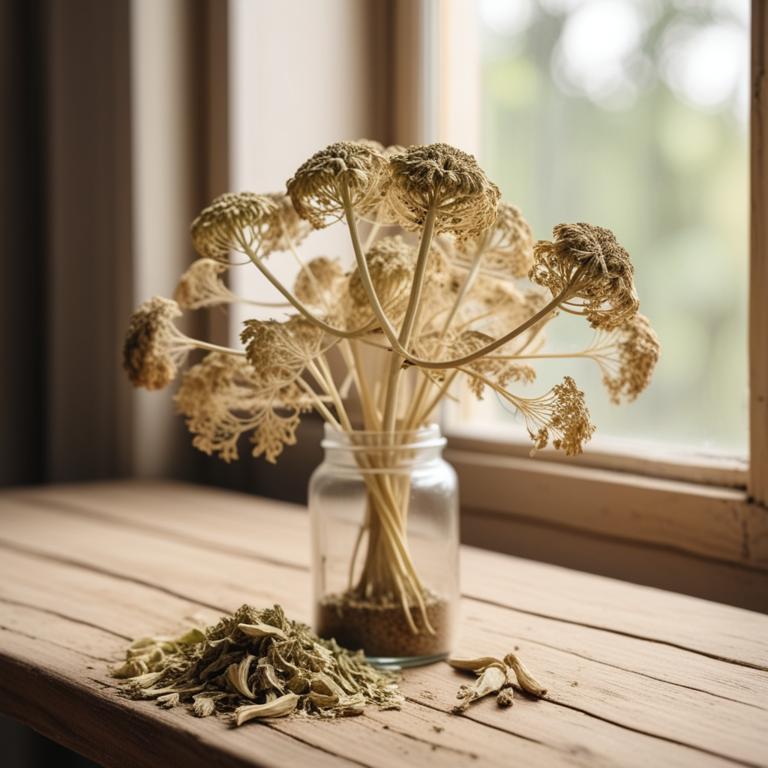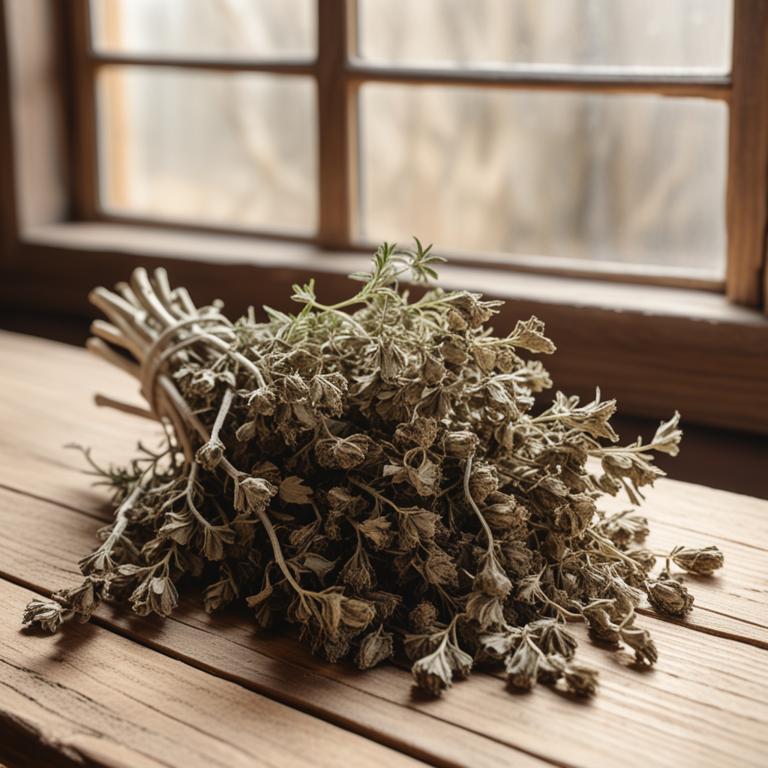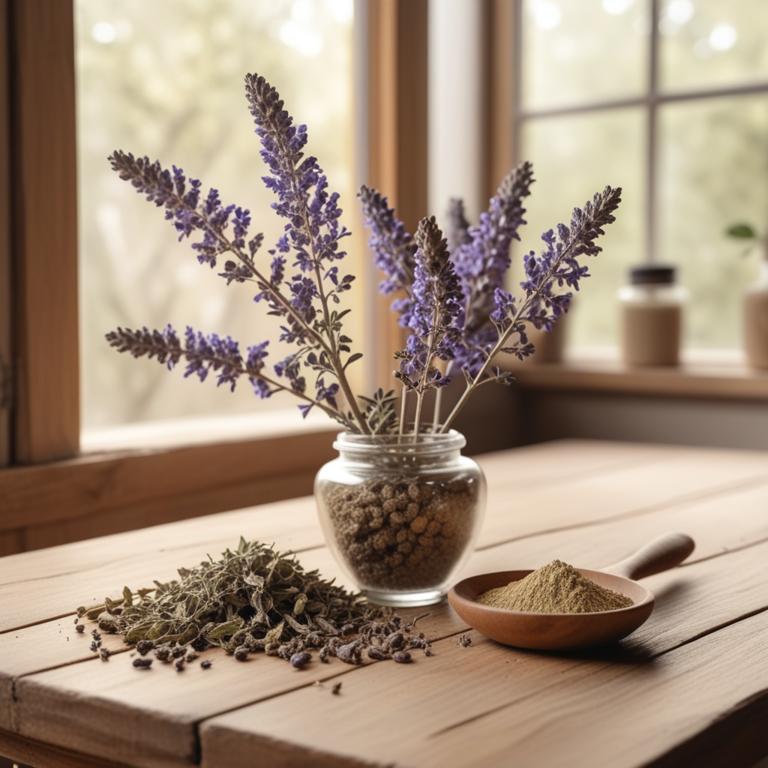Updated: Dec 1, 2024
Understanding Endometriosis Pain: Exploring Causes and Herbal Remedies
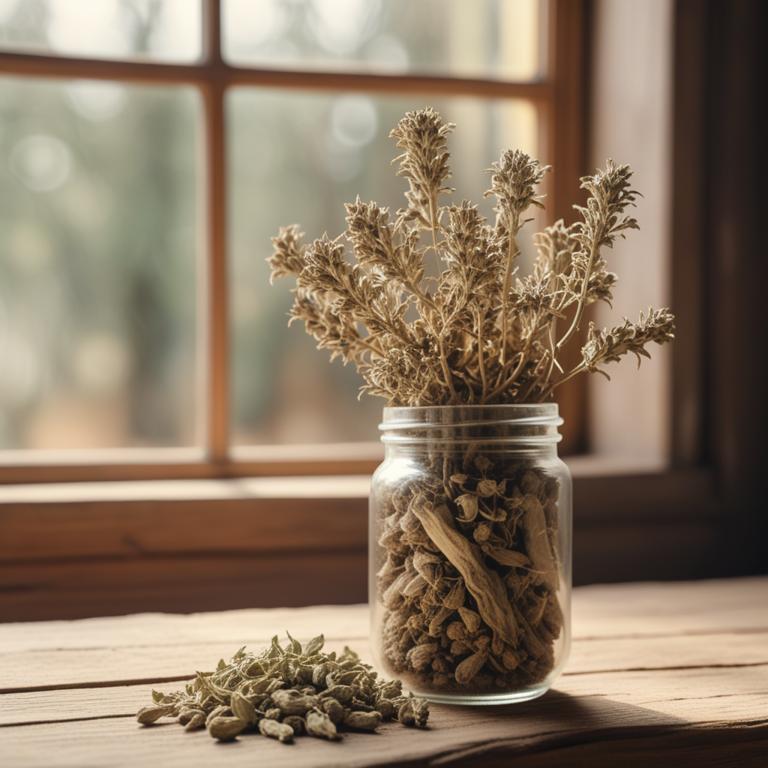
Endometriosis pain is a chronic condition that affects millions of women worldwide.
It's characterized by severe cramps, heavy bleeding, and discomfort during menstrual cycles, which can severely impact daily life. Imagine being unable to participate in activities you love due to debilitating pain, or having to constantly plan your life around your periods. Endometriosis pain occurs when tissue similar to the lining of the uterus grows outside of it, causing inflammation and discomfort. The exact cause of endometriosis pain is still unknown, but it's believed to be linked to hormonal imbalances, genetic predisposition, and environmental factors. Women with a family history of endometriosis are more likely to develop it, and certain lifestyle choices, such as a diet high in processed foods, may also contribute to its development.
Fortunately, herbal remedies have been used for centuries to alleviate endometriosis pain. Certain herbs, such as turmeric and ginger, have anti-inflammatory properties that can help reduce pain and inflammation. Other herbs like red clover and dandelion root are rich in estrogen-balancing properties, which can help regulate hormonal imbalances. These herbs can be consumed in various forms, including teas, capsules, or tinctures. Drinking warm turmeric tea or ginger tea during menstrual cycles may help ease cramps and discomfort.
Some women also find relief by taking red clover tea or dandelion root capsules daily to balance their hormones.
Table of Contents
- What are the primary causes of endometriosis pain?
- What benefits can herbs offer for reducing endometriosis pain?
- What medicinal herbs are recommended for managing endometriosis pain?
- What herbal remedies are most frequently used to alleviate endometriosis pain?
- Which herbs are contraindicated for individuals experiencing endometriosis pain?
- FAQ
What are the primary causes of endometriosis pain?
The main causes of endometriosis pain are related to several factors that come together to create a painful experience for those affected.
Estrogen dominance is a key contributor, as high levels of estrogen can stimulate the growth of endometrial tissue outside the uterus, leading to inflammation and pain. Endometrial implants, which are growths of endometrial tissue that attach to other organs or tissues in the pelvic area, can cause pain by stimulating the surrounding nerves and tissues.
Inflammation is another major factor, as the immune system's response to the endometrial implants can lead to swelling, redness, and pain. Adhesions, which are bands of fibrous tissue that form between organs or tissues, can also cause pain by restricting movement and putting pressure on surrounding nerves and tissues.
Finally, hormonal imbalance plays a role in endometriosis pain, as fluctuations in hormone levels can stimulate the growth of endometrial tissue and trigger inflammation.
What benefits can herbs offer for reducing endometriosis pain?
Using certain herbs for endometriosis pain can bring relief by reducing inflammation and discomfort.
These herbs have anti-inflammatory properties that help to calm the body and mind, making it easier to manage painful periods. They can also help to reduce menstrual cramps, heavy bleeding, and other symptoms associated with endometriosis.
Additionally, some herbs have natural hormone-balancing properties, which can help to regulate the menstrual cycle and reduce pain. Others may help to relax the muscles and promote better sleep, which is essential for managing chronic pain. Some people also find that these herbs help to reduce stress and anxiety, which can contribute to endometriosis pain.
By incorporating these herbs into a treatment plan, some women may experience a reduction in symptoms and an improvement in their quality of life.
What medicinal herbs are recommended for managing endometriosis pain?
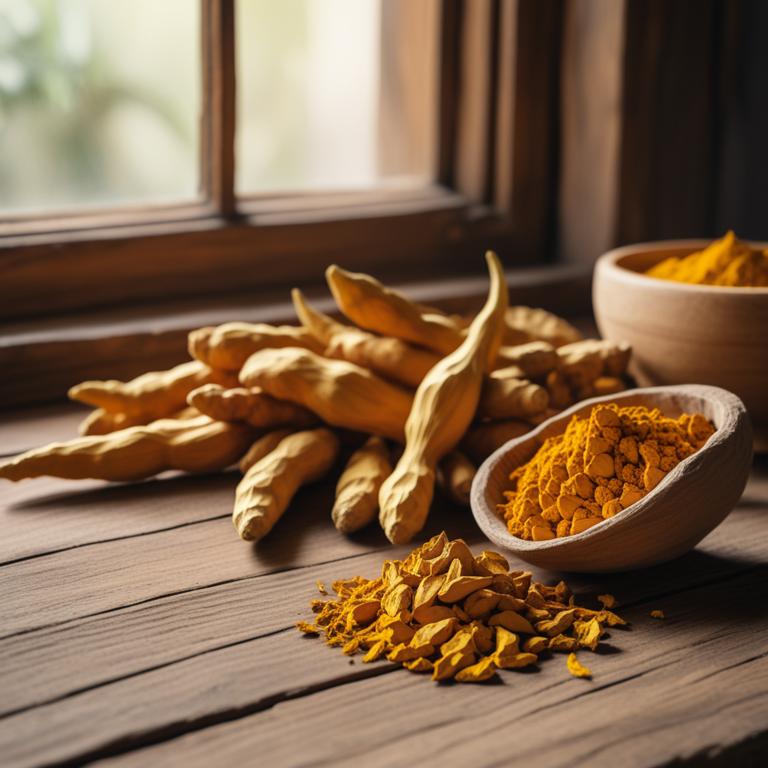
If you're looking for natural relief from endometriosis pain, certain herbs can be helpful.
Curcuma longa, also known as turmeric, has anti-inflammatory compounds called curcuminoids that reduce swelling and ease pain. It's often used to treat period cramps and pelvic pain. Paeonia lactiflora, or peony, is another herb that's been used for centuries to soothe menstrual pain and other women's health issues. It contains compounds that relax the uterus and reduce inflammation. This can help ease pain and discomfort during periods. Angelica sinensis, or dong quai, is a traditional Chinese herb that's often used to treat menstrual cramps and other symptoms of endometriosis.
It's rich in antioxidants and anti-inflammatory compounds that help reduce pain and inflammation. Vitex agnus-castus, or chaste tree, is a herb that's been used to regulate menstrual cycles and ease symptoms of endometriosis. It's believed to help balance hormonal imbalances that can contribute to endometriosis pain. Zingiber officinale, or ginger, is a natural anti-inflammatory that can help reduce pain and inflammation. It's often used to treat nausea and stomach discomfort, but it can also help ease period cramps and pelvic pain. These herbs can be used in different ways - you can drink them as teas, take supplements, or apply them topically.
Always talk to a healthcare provider before trying any new herbs, especially if you're already taking medications or have other health conditions.
What herbal remedies are most frequently used to alleviate endometriosis pain?
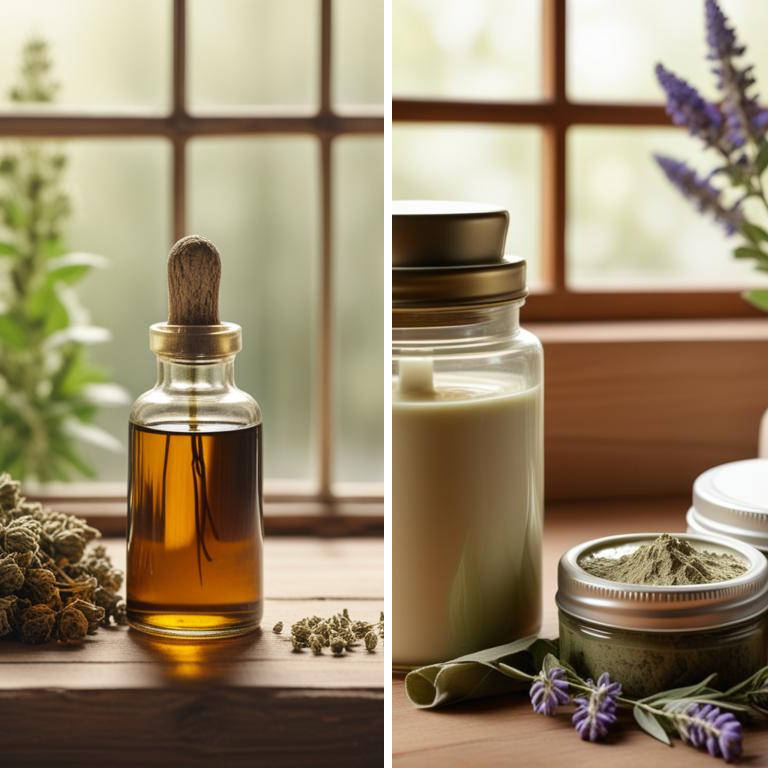
Herbal preparations can be very helpful in managing endometriosis pain.
One way to take herbs is by swallowing capsules, which contain a concentrated dose of the active ingredients. This is convenient for people who don't like the taste of herbs or have trouble swallowing tablets. Herbs like turmeric and ginger, which have anti-inflammatory properties, can be taken in capsule form to help reduce pain and inflammation. Another way to use herbs is by making a tincture, a liquid extract that can be taken in small amounts. Tinctures are made by steeping herbs in a solvent like alcohol or glycerin, which helps to bring out their active properties. Herbs like chamomile and lavender, which have a calming effect, can be taken as a tincture to help manage stress and anxiety, which can exacerbate endometriosis symptoms. Decoctions are another type of herbal preparation that can be helpful.
This involves steeping herbs in hot water to release their active ingredients, then straining the liquid and drinking it. Decoctions are great for herbs like red clover and dandelion, which are rich in antioxidants and can help to reduce inflammation and promote healing. Herbal creams and salves can also be applied topically to help manage endometriosis pain. These preparations typically contain a combination of herbs and oils that are absorbed through the skin to provide pain relief. Herbs like arnica and calendula, which have anti-inflammatory and soothing properties, can be used in topical creams and salves to help reduce pain and inflammation in the affected area. Finally, salves, which are thicker and more gel-like than creams, can provide long-lasting pain relief. They can be applied directly to the affected area and left on for several hours, allowing the herbs to penetrate deep into the tissue and provide relief.
Herbs like cayenne and St. John's Wort, which have analgesic and anti-inflammatory properties, can be used in salves to help manage endometriosis pain.
Additional Resources:
- 7 herbal teas for endometriosis pain
- 9 herbal tinctures for endometriosis pain
- 9 herbal creams for endometriosis pain
Which herbs are contraindicated for individuals experiencing endometriosis pain?
If you have endometriosis pain, it's a good idea to be careful with certain herbs.
Ginkgo biloba, for example, can make bleeding problems worse, and if you have heavy periods or bleeding issues, it could make things more complicated. Silybum marianum, also known as milk thistle, might be a problem because it can stimulate the uterus and make cramps worse.
Hypericum perforatum, or St. John's Wort, can affect hormone levels and interact with other medications, which could worsen endometriosis symptoms. Glycyrrhiza glabra, licorice root, contains a compound that can raise blood pressure and worsen fluid retention, which can be a concern for people with endometriosis. Ruta graveolens, also known as rue, can cause uterus contractions and make cramps more severe, which is not what you need if you're already experiencing endometriosis pain.
These herbs might seem harmless, but they could end up making your symptoms worse, so it's best to talk to your doctor before using them.
FAQ
Are there any specific herbs that can prevent endometriosis pain?
Some herbs like turmeric, ginger, and omega-3 rich plants like evening primrose may help reduce endometriosis pain.
Turmeric contains a compound that fights inflammation, while ginger has anti-inflammatory properties. Evening primrose oil may also ease symptoms due to its omega-3 fatty acid content.
These herbs can be consumed as supplements or added to food.
Is it safe to use herbal remedies for endometriosis pain during pregnancy?
Using herbal remedies for endometriosis pain during pregnancy is not recommended.
Some herbs can cause problems during pregnancy, like miscarriage or preterm labor.
It's also hard to know the exact dosage and effects of herbal remedies, so it's best to stick with safe and prescribed pain relief methods during pregnancy.
Are there any herbs that can reduce the frequency of endometriosis pain?
Turmeric has anti-inflammatory properties that may help reduce endometriosis pain.
Ginger, with its warm and soothing effects, can also ease discomfort. Some women find relief from menstrual cramps by consuming parsley, which contains a compound that helps relax the uterine muscles.
These herbs may be beneficial in managing endometriosis symptoms.
Can i combine different herbal remedies for endometriosis pain?
Yes, you can combine different herbal remedies for endometriosis pain.
Some people find relief by mixing and matching herbs like turmeric, ginger, and cramp bark. However, be aware that too many herbs can interact with each other and make your symptoms worse.
Start with small amounts and see how your body reacts before adding more.
Related Articles
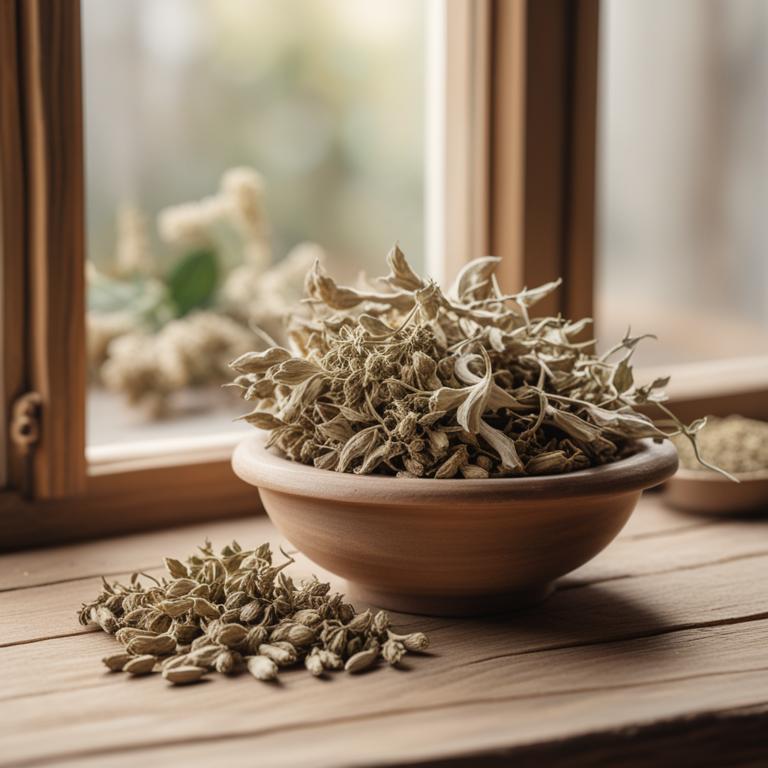
Overcoming Erectile Dysfunction with Medicinal Herbs and Natural Preparations
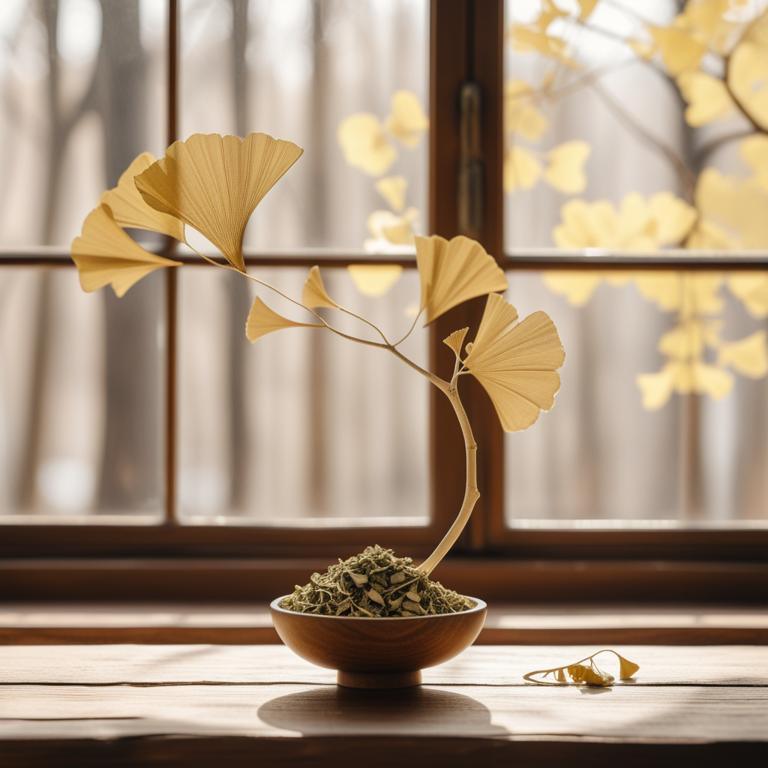
The Causes and Natural Relief of Ovulation Pain
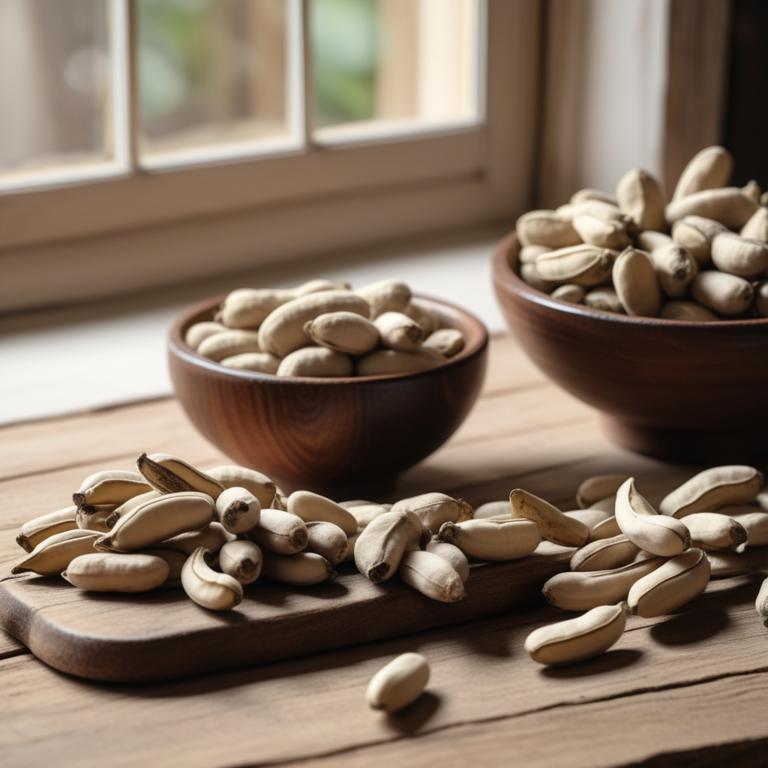
Understanding and Treating Premature Ejaculation: Medical Causes and Herbal Remedies
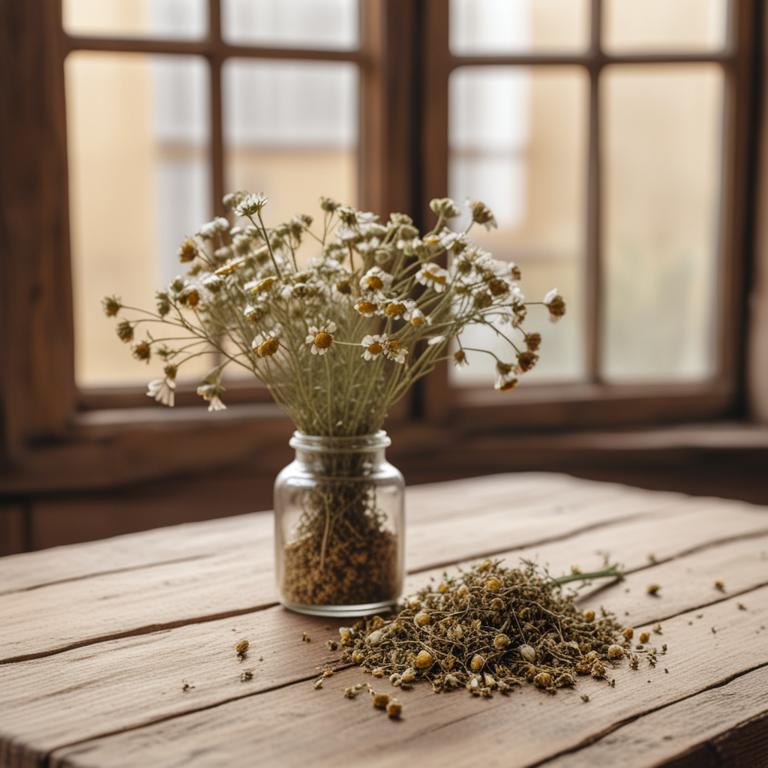
Nipple Pain During Breastfeeding: Causes, Herbal Preparations, and Natural Relief

Amenorrhea Causes, Symptoms, and Treatment with Medicinal Herbs
